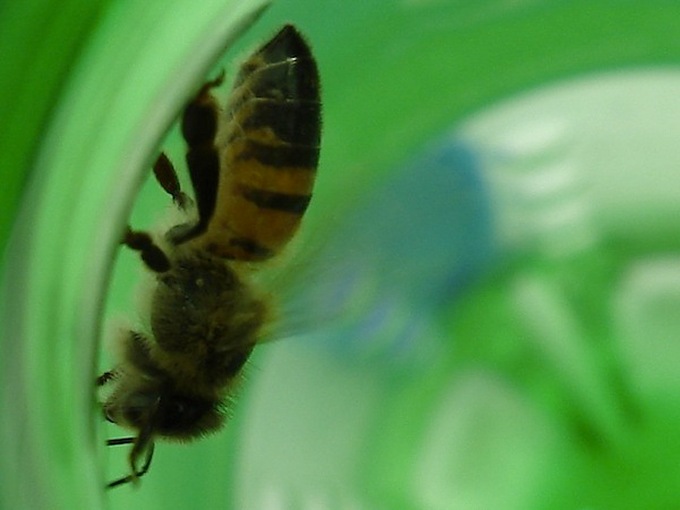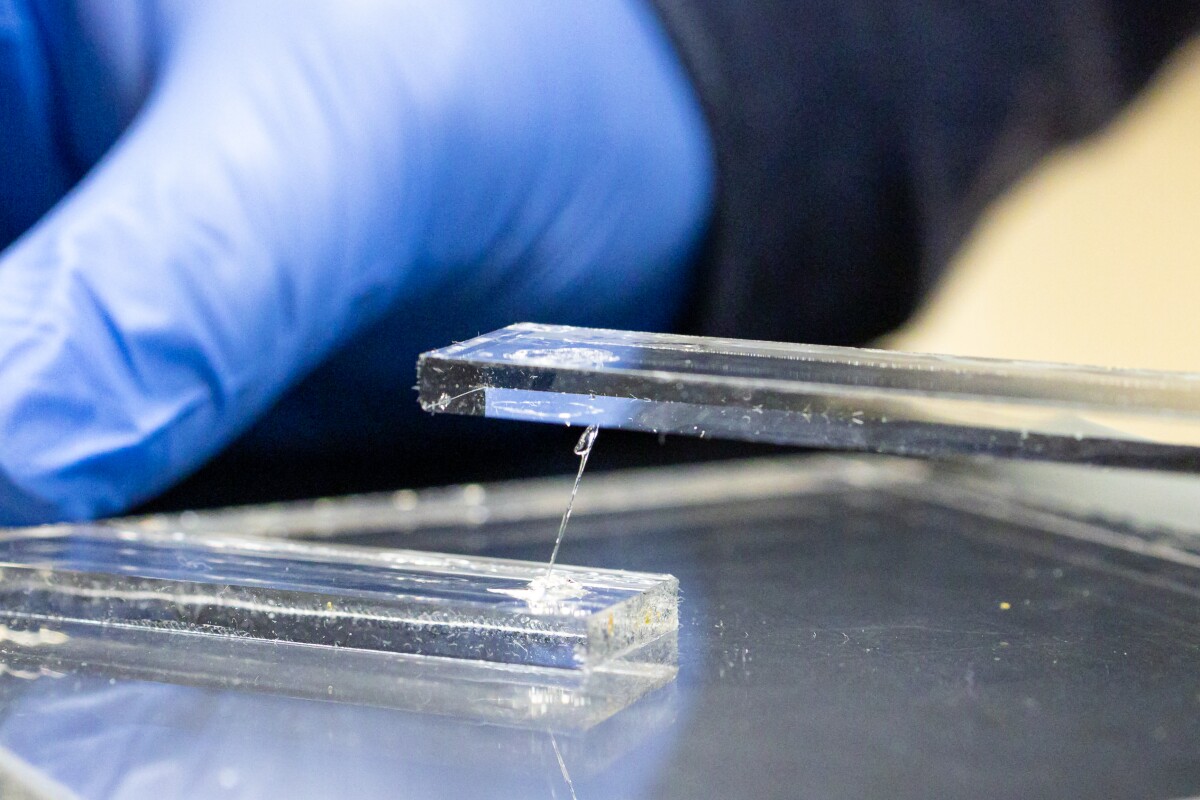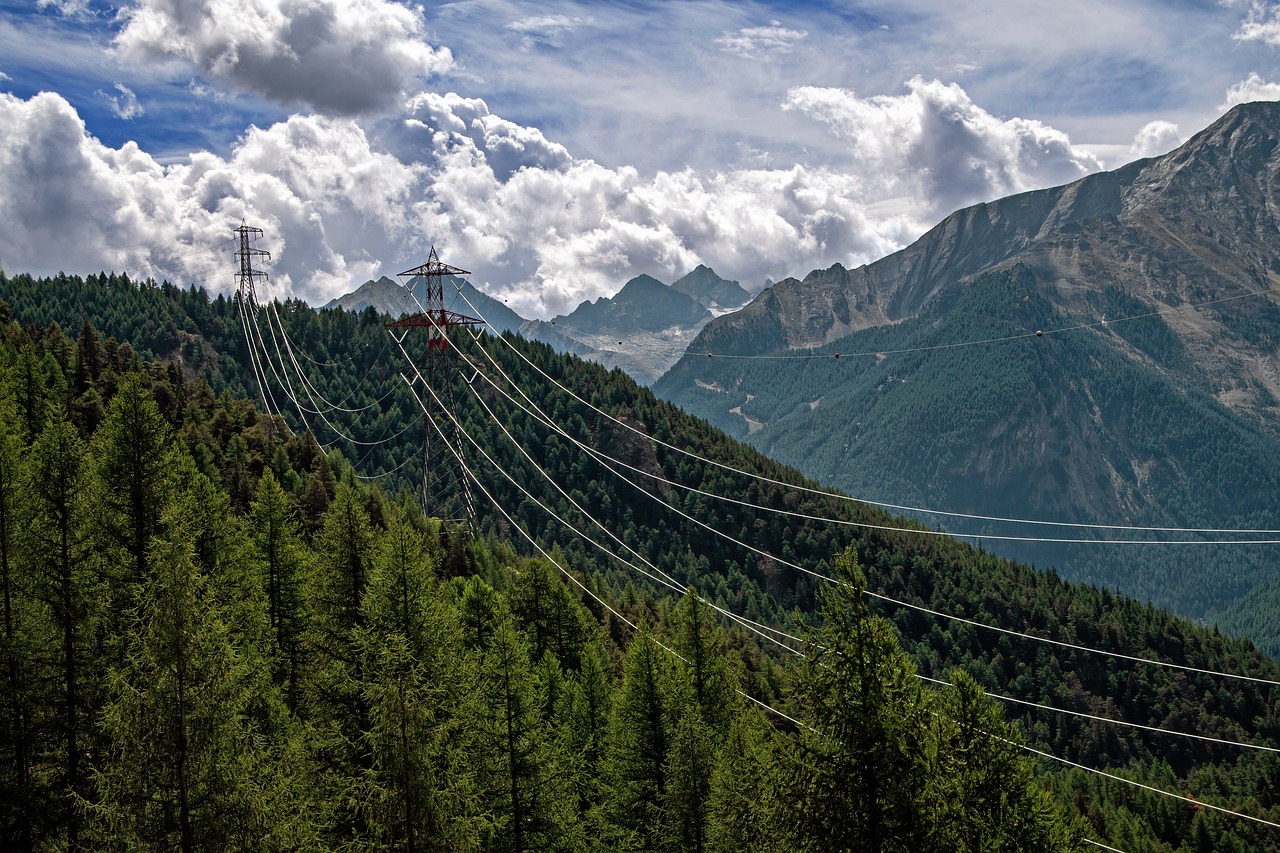How do we cut the plastic waste that’s piling up all over the world? Bees may have the answer. Researchers from York University and the University of Guelph in Canada have found that some urban bees in Canada are making nests out of plastic waste, including some of the estimated 500 billion to 1 trillion plastic bags that are thrown out each year.
Bees adapting to the changing environment
Plastic bags have a devastating impact on the environment, threatening the lives of wildlife and marine creatures around the world. But two solitary bee species in Canada have adapted to the increasingly plastic-rich environments.
It’s an important discovery because it shows bees’ resourcefulness and flexibility in adapting to a human-dominated world where plastic waste pervades the global landscape. Per researchers, the markings showed that the bees chewed the plastic differently than they did leaves, suggesting that the bees had not incidentally collected plastic since the leaves were not hard to find in the area.
Plastic could actually make the nests more secure
Unlike honey bees, these wild bee species usually use plant material to build their nests. They build a long strip of “cells,” one for each larva, inside plant stems or holes in trees or man-made structures, such as fences and brick walls.
Researchers in Toronto discovered mysterious ‘goo’ and small pieces of plastic bags in the nests of two leafcutter species. When analyzed, this mysterious ‘goo’ was a type of plastic sealant. In both cases, larvae successfully developed and were free from parasites and study claims the plastic could actually make these nests safer.







